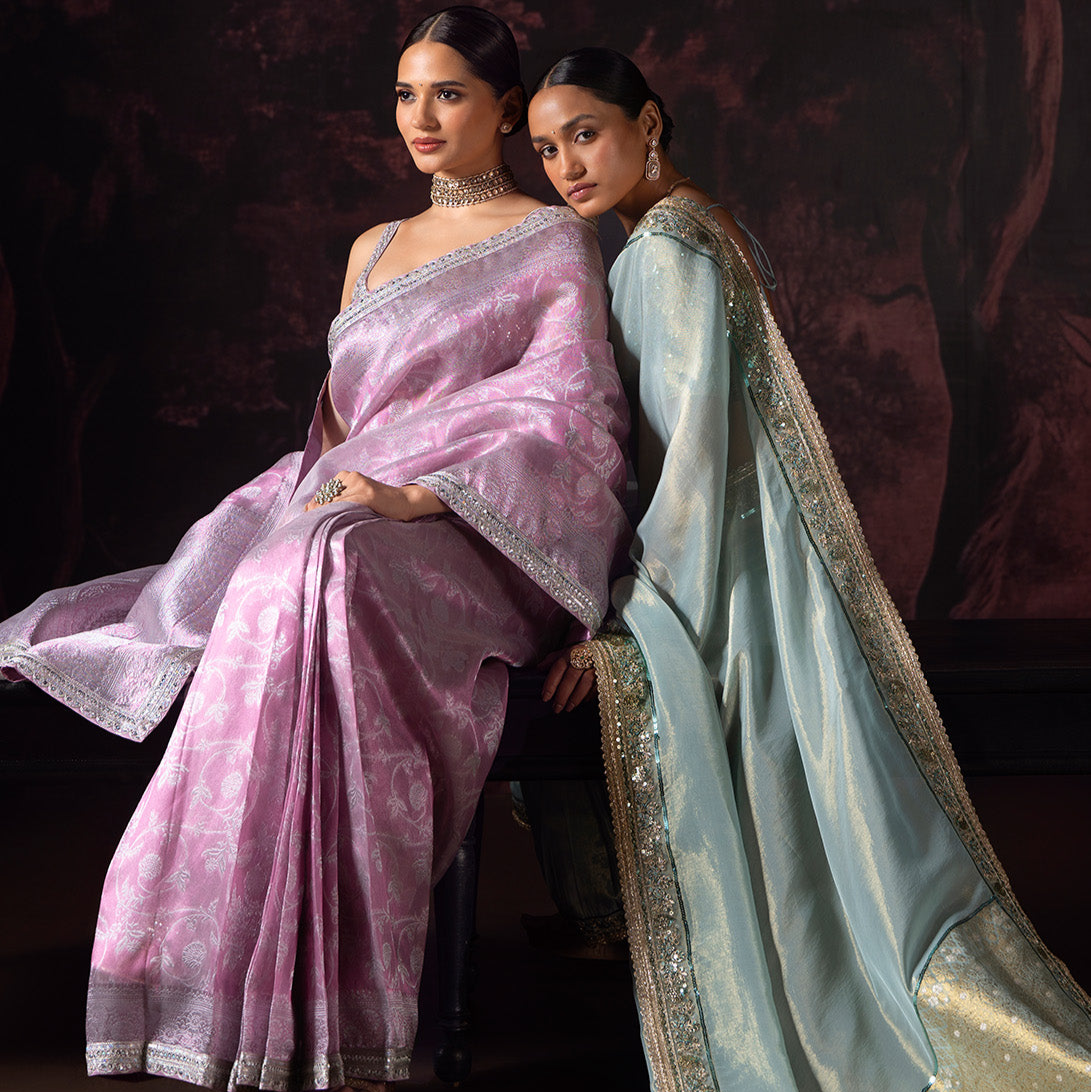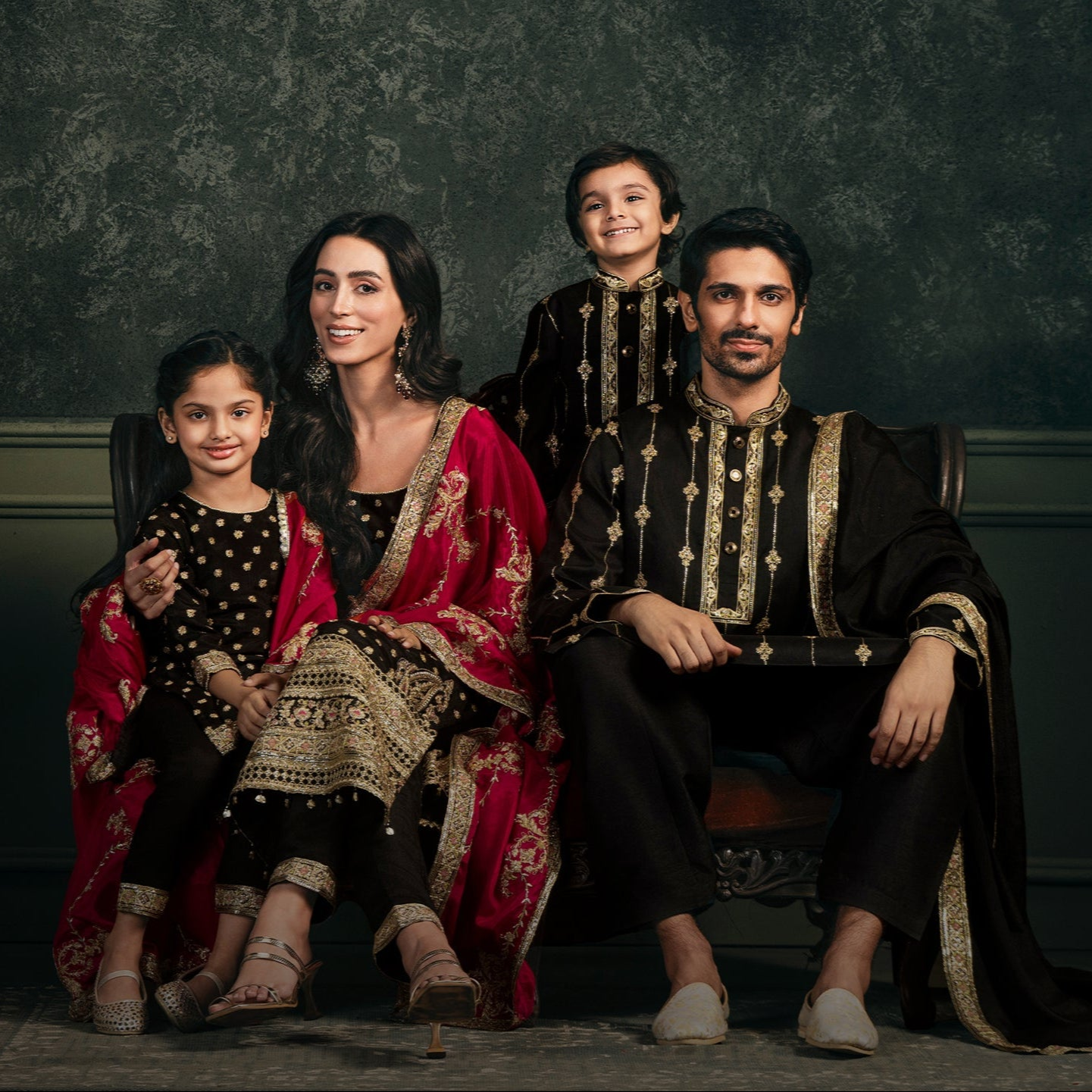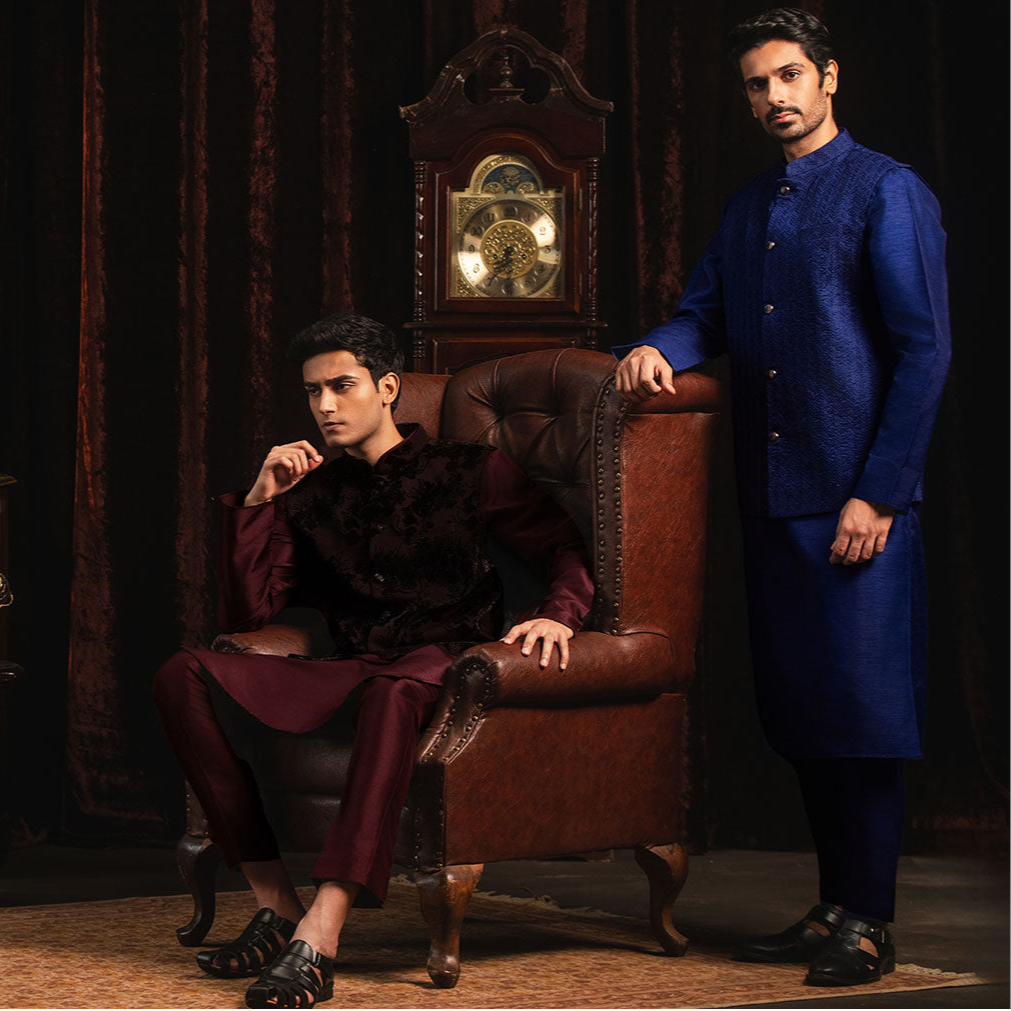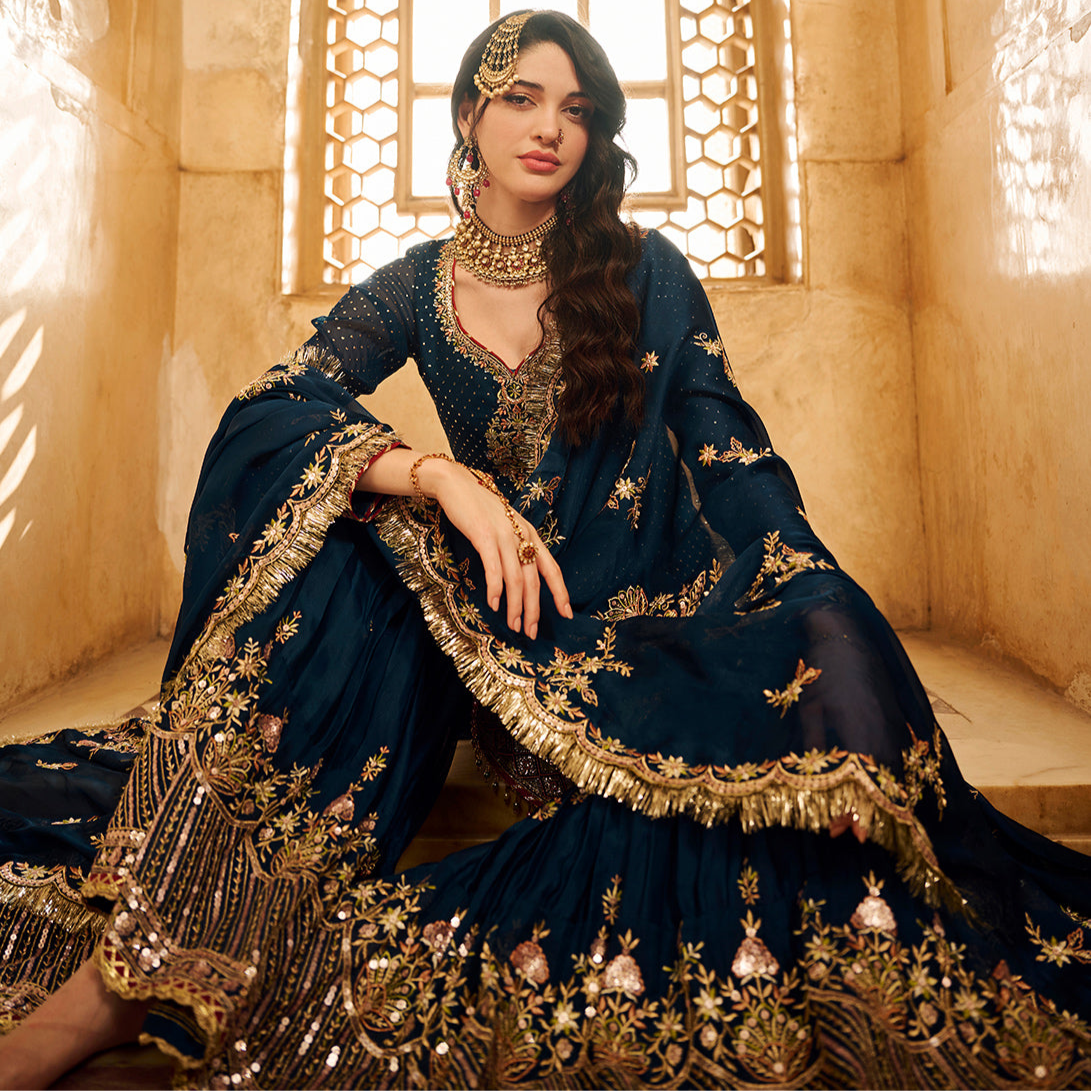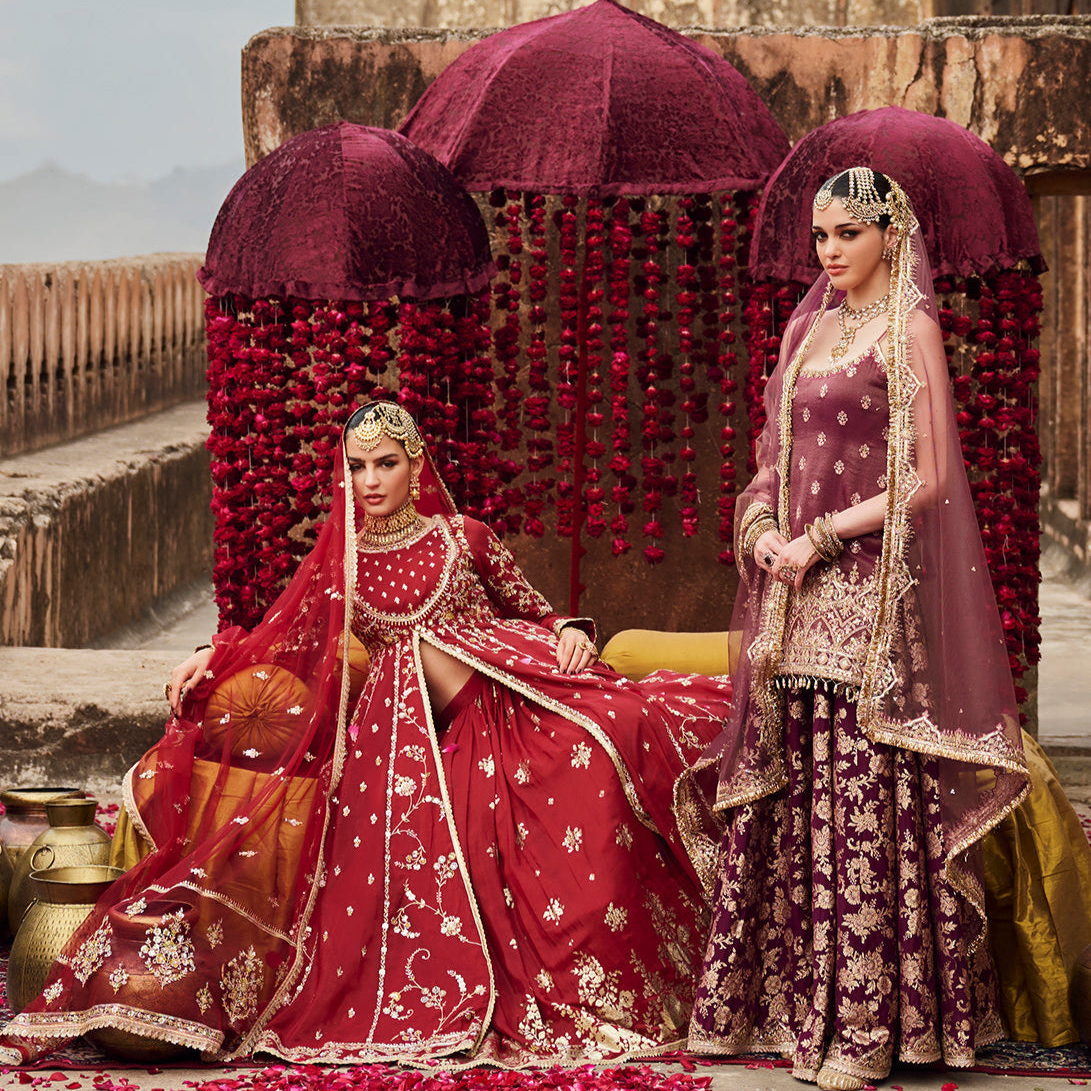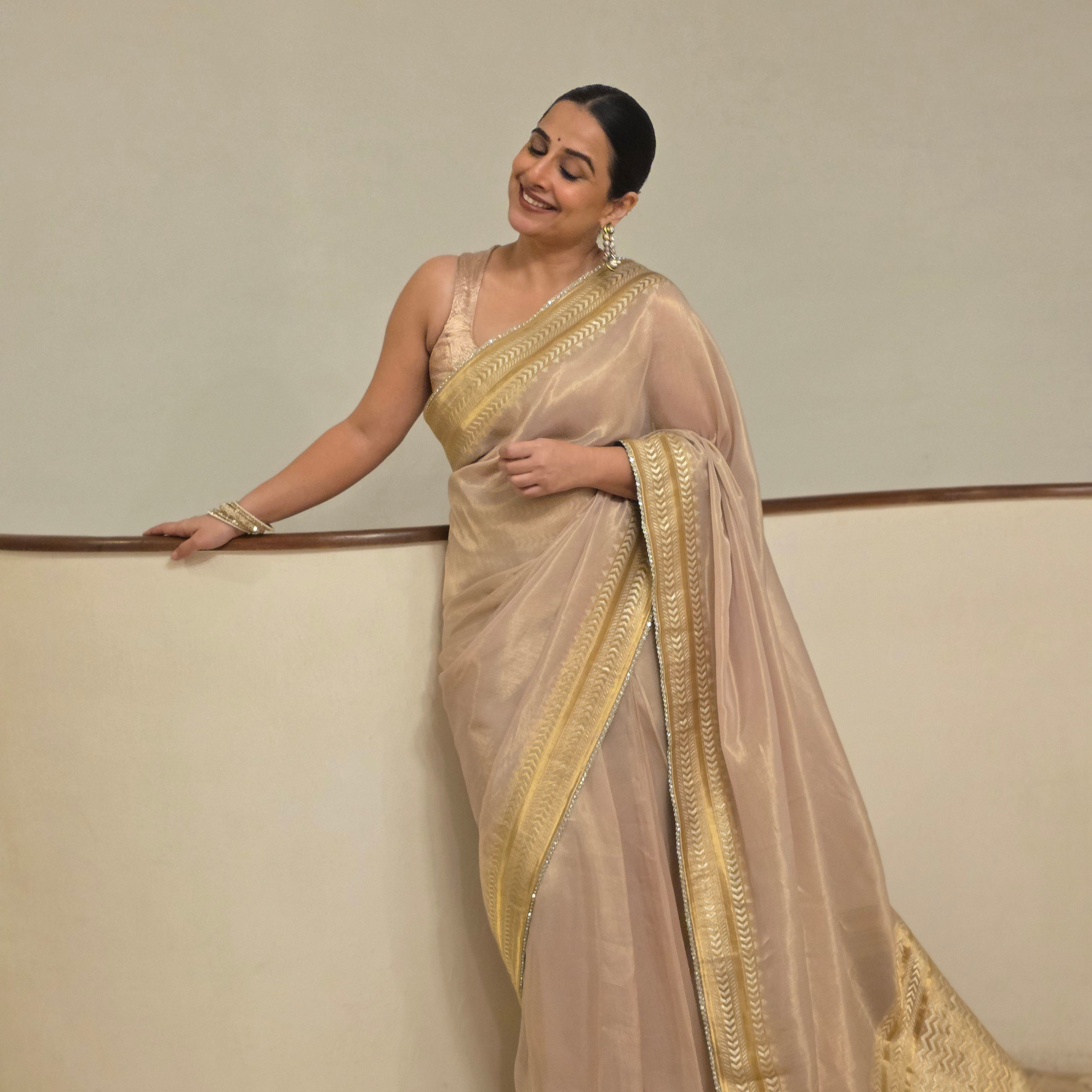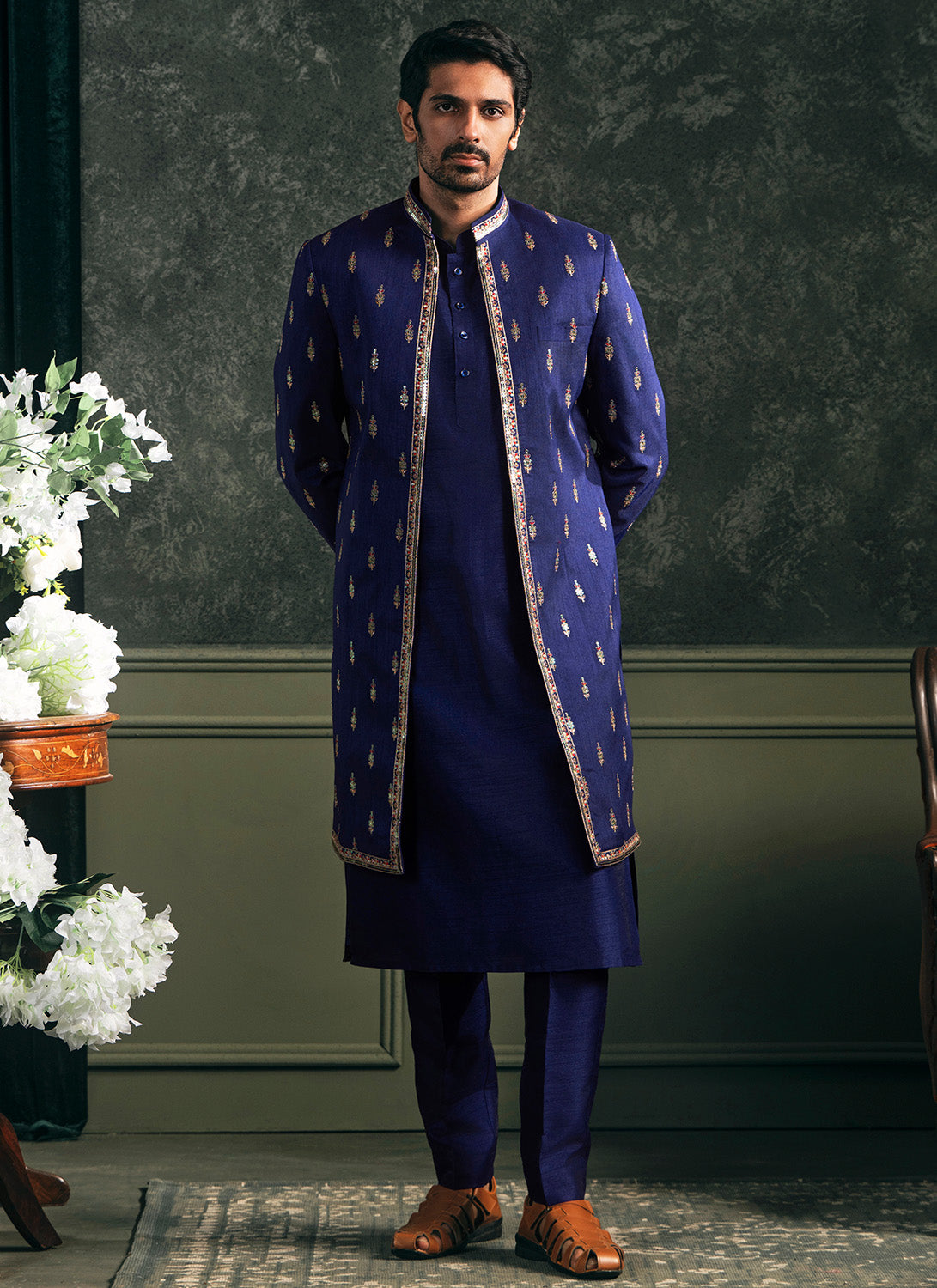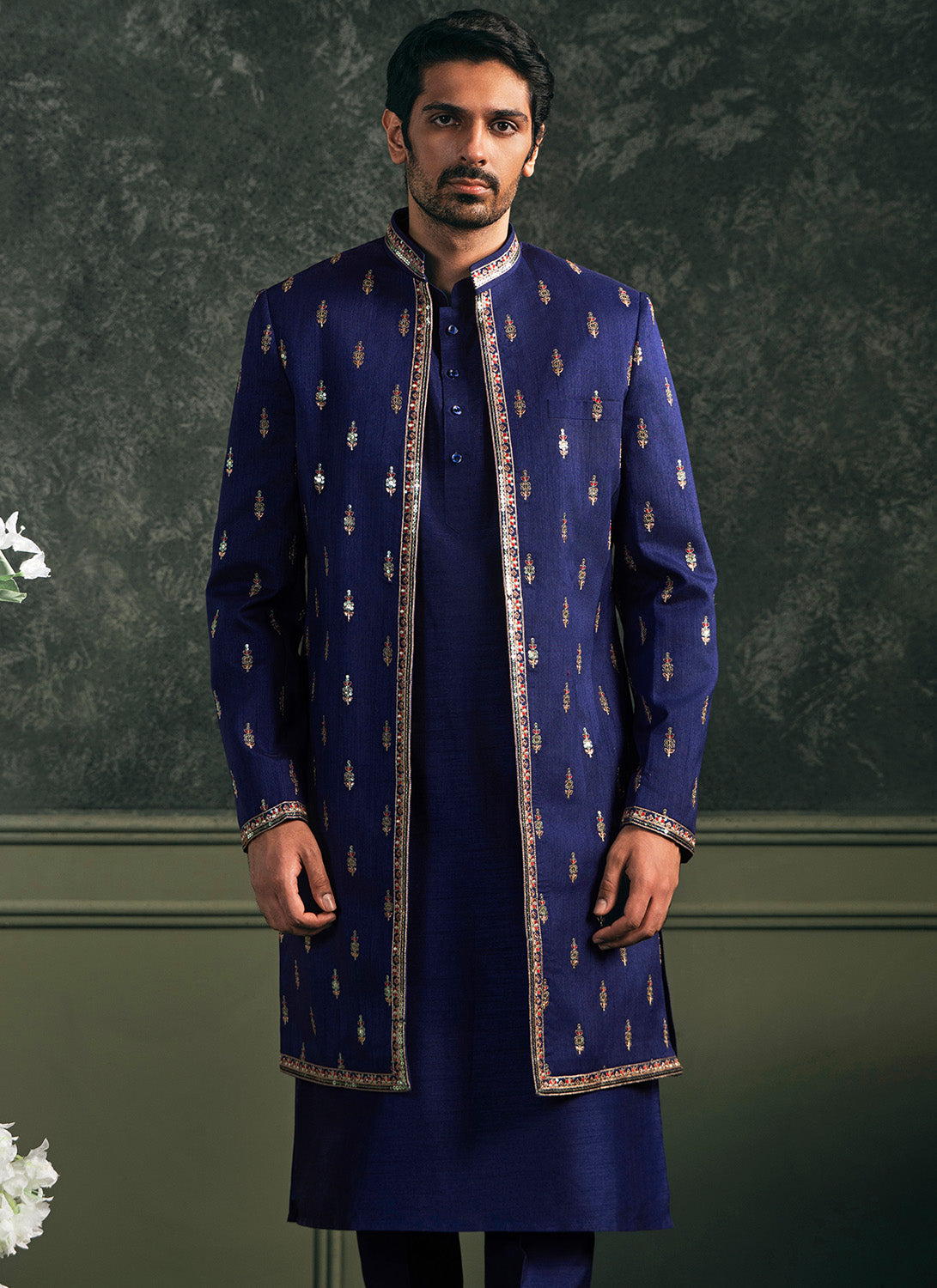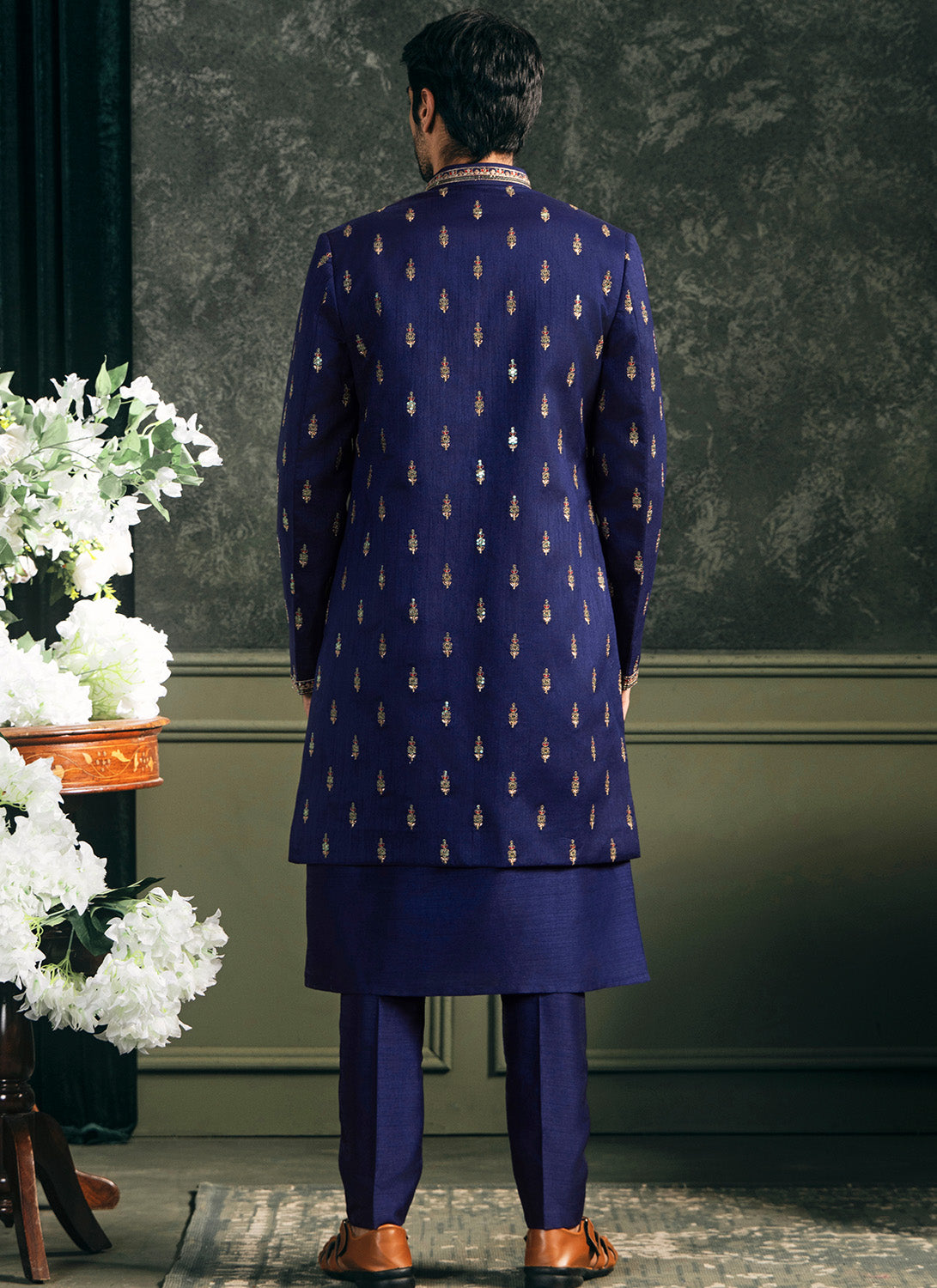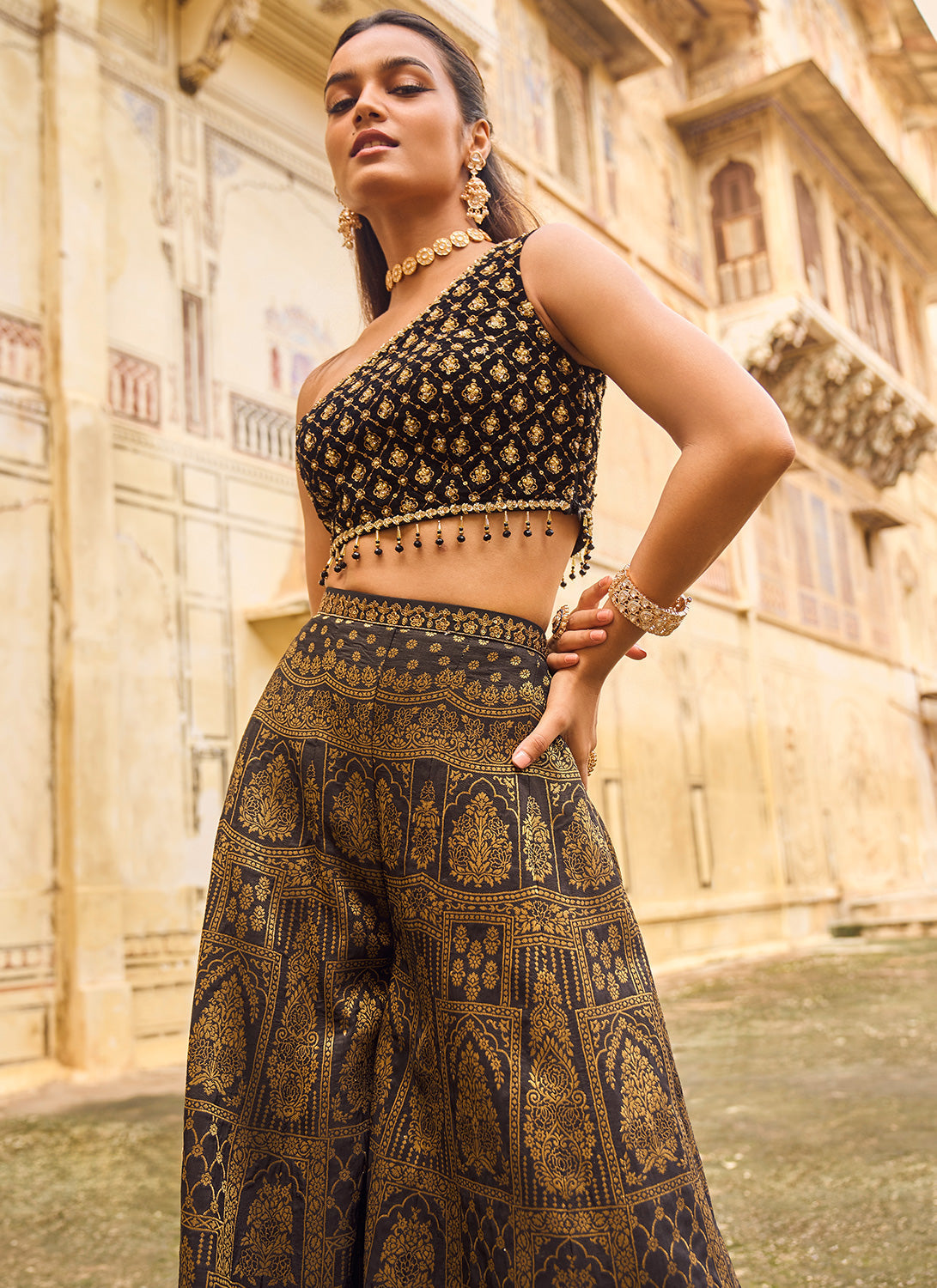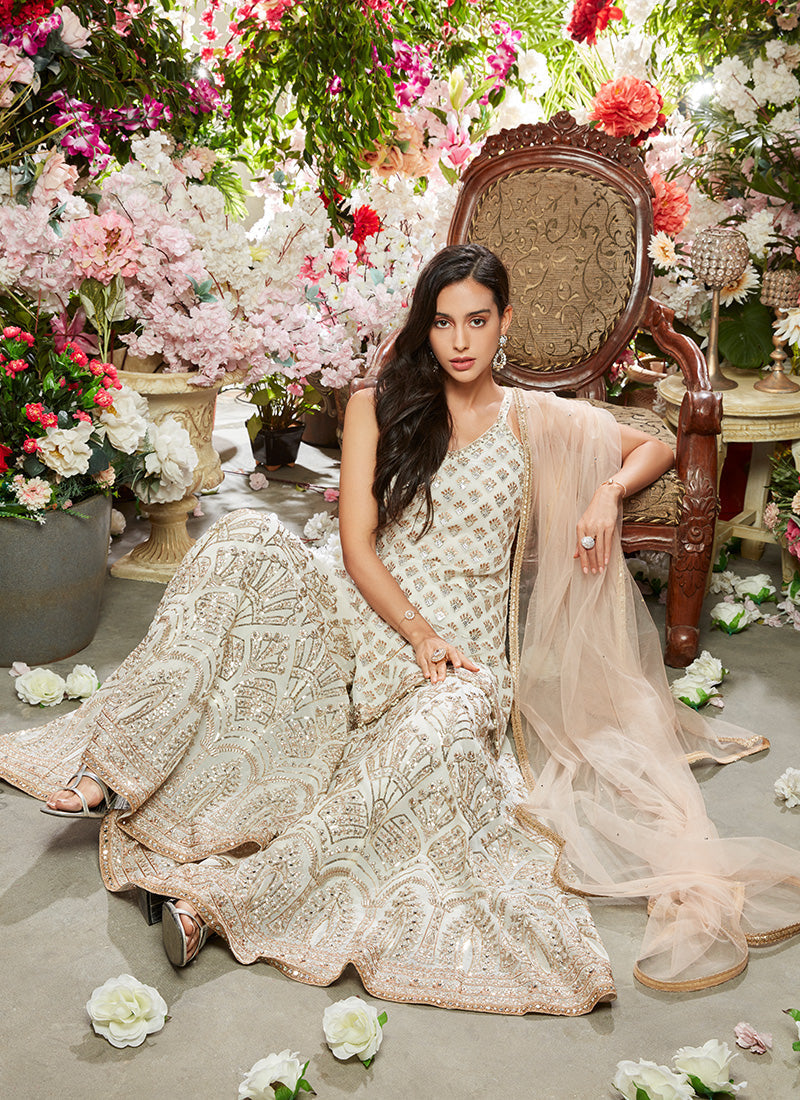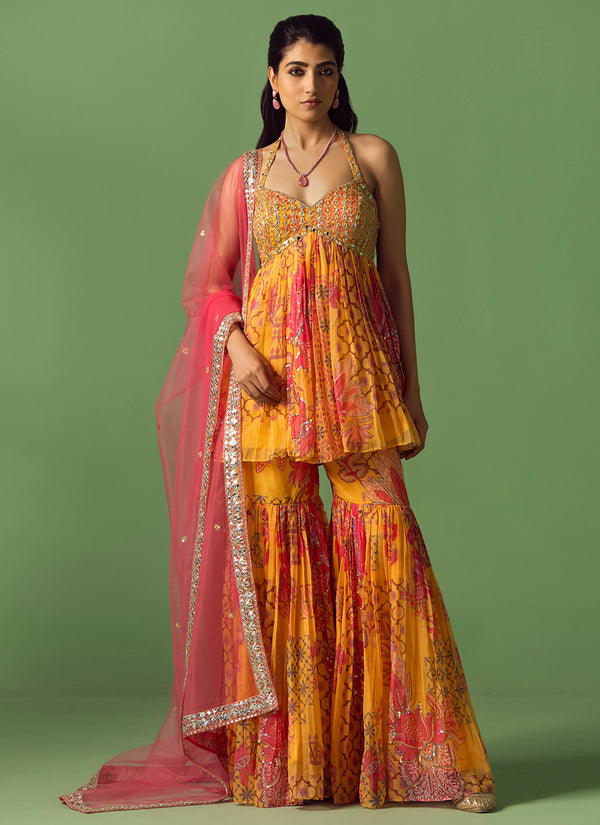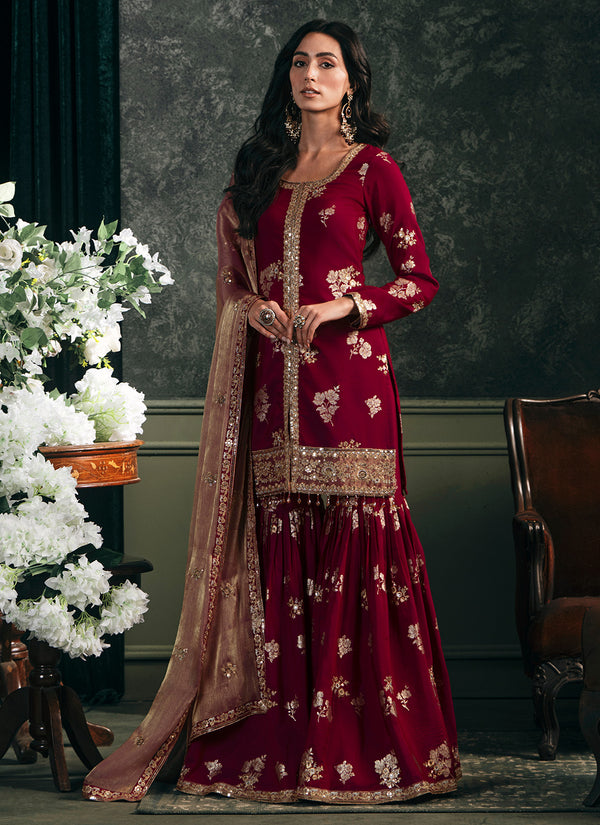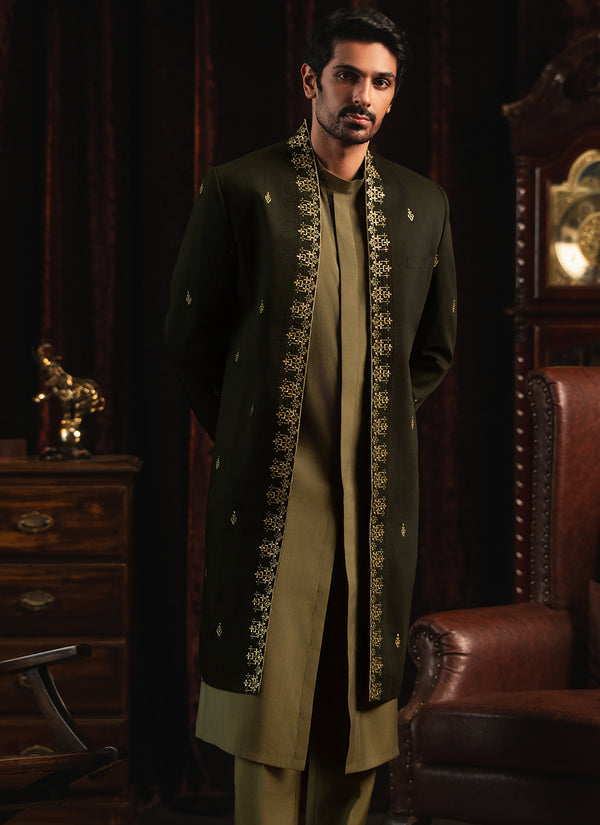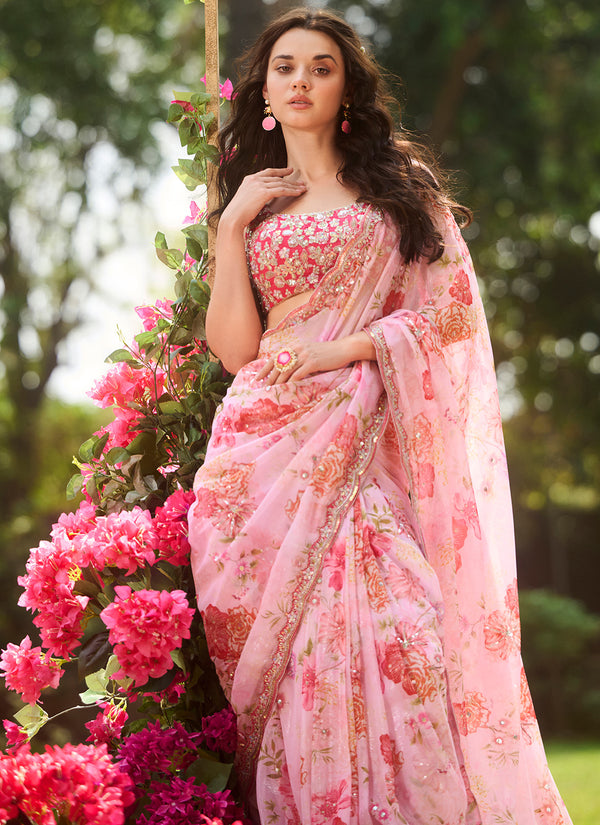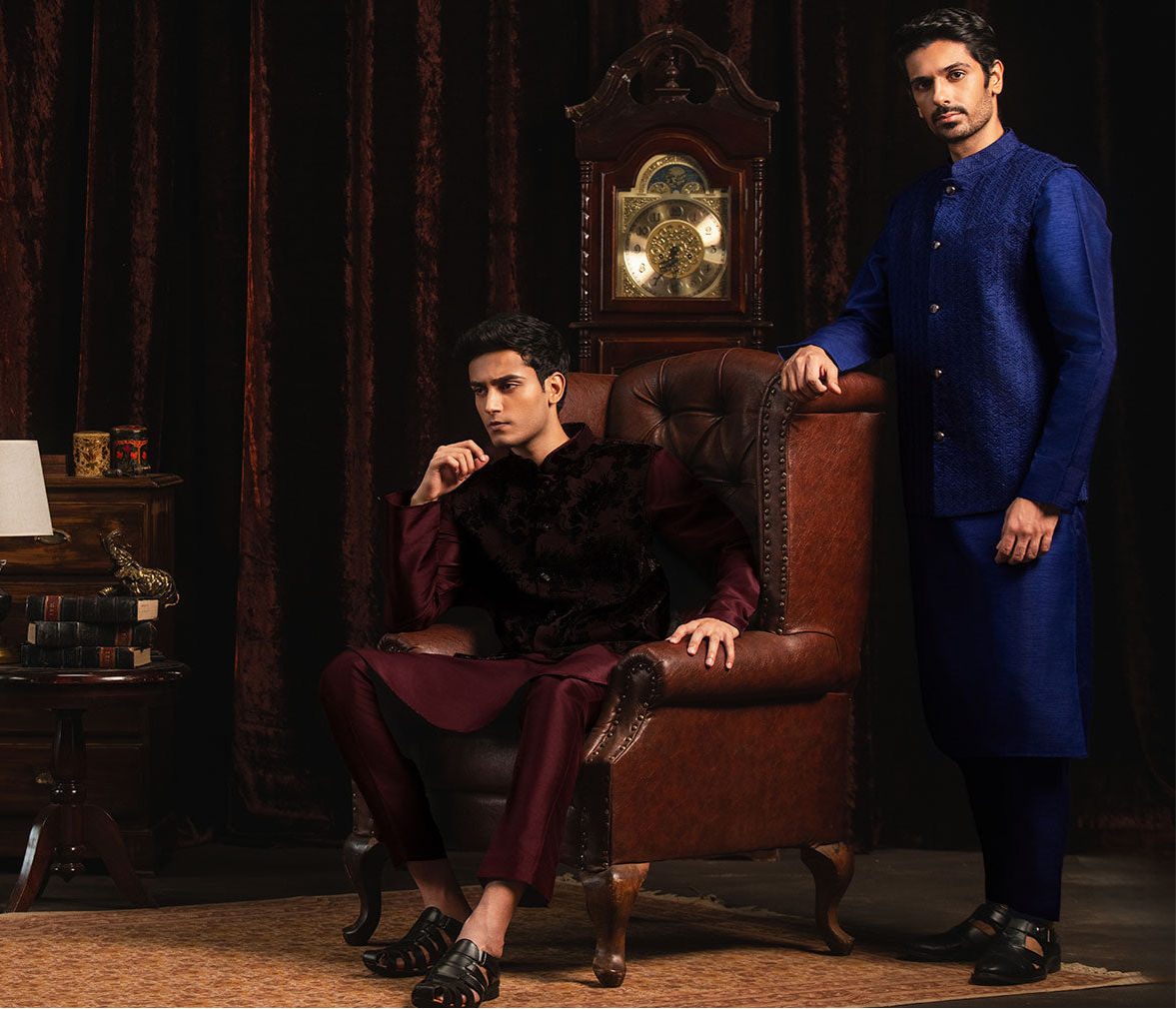
Sherwani vs Kurta: What’s The Difference?
When it comes to men’s indian ethnic wear, two staples stand out for their timeless appeal: the sherwani and the kurta. While both are traditional garments that have been worn for centuries, they serve different purposes and make very different style statements.
While the sherwani is a formal, structured coat reserved for special events, the kurta is a more versatile tunic-like garment that can be adapted for a range of occasions, from casual to semi-formal.
The confusion between the two is understandable, especially for those less familiar with Indian fashion. However, knowing the difference can help you dress with intention, elegance, and occasion-appropriate style. In this guide, we’ll break down the key differences in design, occasion, and styling to help you choose the right outfit for your next event.
Differences Between a Sherwani and Kurta
At a glance, the sherwani is the formal, heavily adorned outfit often worn by grooms or at grand functions. In contrast, the kurta is a more versatile, laid-back ensemble that suits both daily life and festive celebrations. Both garments play significant roles in traditional men’s fashion, contributing to the rich cultural tapestry of the region.
Let’s get more into the nitty-gritty of how the two differ in style and occasion.
What Is a Sherwani
A sherwani is a long, coat-like garment that is buttoned up to the collar, featuring varying necklines and typically extending below the knee. It’s worn over a kurta and churidar (tapered trousers), creating a layered and elegant look. They’re often richly embellished with embroidery, brocade, zari work, or beadwork, and made from luxurious fabrics, such as silk, velvet, and jacquard.
Initially inspired by Persian and Mughal court fashion, the sherwani style has evolved into the ultimate outfit for Indian weddings and formal occasions. The tailored silhouette and ornate finish make it a popular choice for grooms and anyone wanting to make a memorable entrance.
When to Wear a Sherwani
Sherwanis are designed for grand, unforgettable occasions. The sherwani boasts an undeniable presence, making it ideal for weddings, receptions, and major cultural celebrations. Think of it as the Indian equivalent of a tuxedo—an ensemble reserved for moments where making an impression is part of the tradition.
The sherwani’s majestic silhouette and detailed craftsmanship make it ideal for larger-than-life moments. The most common setting is a wedding, especially if you’re the groom or playing a key role, like the best man or a close family member. Engagement ceremonies, sangeets, receptions, or cultural formal events, such as award nights or festive galas, also call for the gravitas of a sherwani.
One standout example is the Soft Mint Hand Embroidered Velvet Jodhpuri Set—a regal ensemble that blends traditional silhouette with a modern pastel palette. The intricate threadwork and luxurious velvet make it perfect for special occasions, sangeet nights, or a stylish wedding reception appearance.
If you're looking for something that strikes the perfect balance between regal and refined, the Light Blue Hand Embroidered Velvet Sherwani is a great choice. Crafted in plush velvet and adorned with intricate embroidery, it exudes sophistication while embracing contemporary color sensibilities. This sherwani makes a stunning wedding outfit for grooms who want to stand out with grace and originality.
Explore our latest collection of men’s sherwani sets to shop for different styles, whether you're the groom, best man, or a guest of honor.
What Is A Kurta?
In contrast, the kurta is a knee-length, collarless tunic that is more relaxed in structure and incredibly versatile. Worn with pajamas, churidars, dhotis, or even jeans, they’re a go-to staple for Indian men of all ages. They offer comfort without sacrificing style, and when layered or styled thoughtfully, can look just as impactful as heavier attire, only more relaxed and breathable.
You can find kurta sets with bottoms that come in a wide variety of fabrics—from cottons and linens for summer days, to silk and jacquard blends for more celebratory settings.
Historically, this garment was once exclusively designated for men, but kurta styles have now expanded into women’s fashion featured in Punjabi suits and salwar kameez looks. For this guide, we’ll focus on men’s ethnic wear.
When to Wear a Kurta
Kurtas are suitable for a broad spectrum of occasions. Depending on the fabric and detailing, they can be dressed up or down, making it a practical yet stylish choice. They fit the dress code for family get-togethers, religious festivities like Diwali, Eid, or Navratri, family get-togethers, cultural functions, or even casual wear with a traditional twist.
Explore Lashkaraa’s curated range of kurta pajama sets for men that strike the perfect balance between heritage and modernity.
Sherwani vs. Kurta: Cut and Style Differences
The cut and style of the sherwani and kurta are distinctive, reflecting their specific roles in Indian traditional attire. While the sherwanis are typically longer in length, extending below the knee and sometimes reaching the ankles, the kurta comes in various lengths from short, reaching just below the waist, to long, extending to the hips, knees, or ankles.
How to Choose Your Next Fit
Now that we’ve broken down the difference between the two styles, you can likely choose which one is most suited for you with these few questions:
What is the Occasion? If it's a wedding ceremony, especially as a groom or a close family member, go for a sherwani. For festivals or cultural events, a kurta offers the right mix of comfort and elegance.
What is Your Role? Your role in the event or occasion also matters. Grooms, groomsmen, or hosts of big events should lean into sherwanis. Guests or attendees can opt for simpler, festive kurtas.
What’s the Season or Weather? Sherwanis, with their heavier fabrics and structured fit, can feel more layered. For warmer climates or day events, a light kurta is often more practical.
What's Your Personal Style? If you’re looking for ornate embroidery and structured silhouettes, a sherwani set is your go-to choice. On the flip side, a kurta will give you that breezy elegance with room to experiment.
Sherwani Styling Tips for Men

To elevate your sherwani look, pay attention to accessories. A safa or turban adds height and grandeur, while an embroidered stole can bring in color and flair. Juttis or mojaris are the traditional footwear of choice, completing the royal aesthetic. For added elegance, consider a decorative brooch, layered necklace, or matching dupatta.
If you're looking for a sophisticated sherwani, Lashkaraa’s Green Silk Sherwani Set dons a rich, emerald green and gold traditional aesthetic. Crafted from silk and adorned with delicate sequins and zari embroidery, this sherwani strikes a balance between regal craftsmanship and fashion-forward edge.
Kurta Styling Tips for Men

The beauty of styling a kurta lies in its incredible versatility and potential for layering. During daytime events or pujas, opt for subtle embroidery or printed kurtas in breathable fabrics, like cotton-silk blends, paired with pastel or neutral-toned vests.
For a more festive or semi-formal look, consider adding a Nehru jacket or an embroidered vest to instantly elevate a basic kurta into a celebration-ready ensemble. You can also look for elevated styles, like silk kurtas with sequins or zari work.
Want to add flair? Drape a contrasting dupatta or a richly woven shawl over one shoulder to bring in color and texture, especially during winter weddings or evening functions. And don’t forget the finer details! For example, try adding a brooch, layered bracelet, or embroidered stole. With the right styling, a simple kurta can be transformed into a statement.
Bottoms are another way to experiment. You can go for a traditional look with churidars or dhotis, or take a more modern-fusion route with well-fitted jeans. Footwear completes the outfit; aim for mojris, leather Kolhapuris, or juttis in complementary tones to tie the entire look together with ease.
Historical Aspects of Sherwani and Kurta
The sherwani and kurta, both traditional garments in South Asian men's fashion, have historical significance and cultural roots that date back several centuries. The sherwani has its origins in Central Asia and was introduced to the Indian subcontinent during the Mughal era.
It evolved as a fusion of the British frock coat and the traditional Indian angarkha. Having gained popularity during the reign of the Mughal emperors, who were patrons of art and culture, the sherwani was initially worn by the nobility and the aristocracy as a symbol of prestige and affluence.
It then became associated with royal attire and was worn by kings, princes, and courtiers during formal ceremonies and celebrations. Elaborate embroidery, luxurious fabrics, and a regal aesthetic became characteristic features. Over time, the silhouette has continued to evolve, incorporating various styles, fabrics, and embellishments.
The kurta, or its precursor, has ancient roots in traditional Indian attire. It draws inspiration from the ancient dhoti-kurta style. Different regions in India had their own variations of the kurta. For example, the straight-cut kurta is typically associated with North India, whereas the angarkha style is more prevalent in Rajasthan and parts of Gujarat.
Just like the sherwani, the kurta style was also influenced by the Mughals. In the contemporary world, the kurta has become a common and versatile garment worn by men in everyday life. It is comfortable, suitable for the climate, and adapted to different regions.
Maintenance Tips for Sherwani and Kurta
Maintaining sherwanis and kurtas, both of which are often crafted from delicate fabrics and may feature intricate embellishments, requires special care. Here are some tips for maintaining these traditional outfits:
-
Dry Cleaning: Dry clean your sherwani and kurtas to preserve the fabric and prevent damage. This is particularly important for garments with heavy embellishments.
-
Storage: Store your sherwani or kurta in a garment bag to protect it from dust, light, and potential damage. Avoid hanging a heavy sherwani for extended periods to prevent stretching.
-
Avoid Direct Sunlight: Direct sunlight can cause colors to fade and damage delicate fabrics. Store your outfits in a cool, dark place.
-
Steam, Don't Iron: Steam your sherwani to remove wrinkles. Avoid ironing, especially directly on embellishments.
-
Read Care Labels: Always follow the care instructions provided on the garment's label.
-
Repairs: Attend to any loose buttons, seams, or embellishments promptly to prevent further damage.
By following these tips, you can ensure that your sherwanis and kurtas remain in excellent condition, allowing you to enjoy their timeless beauty for years to come.
FAQs About Sherwanis and Kurtas
Can you wear a kurta to a wedding?
Yes, especially as a guest or for pre-wedding functions. Pair with dressier accessories and fabrics to elevate the look.
Is a sherwani just a fancy kurta?
Not quite. While both are traditional indian outfits, a sherwani is structured and layered, with heavy embellishments, making it more formal than a kurta.
Can you wear jeans with a kurta?
Absolutely. For a smart-casual look, pair a simple cotton kurta with slim-fit jeans.
What footwear goes with each?
Sherwanis are best paired with juttis or mojaris. Kurtas work with sandals, kolhapuris, juttis, or even loafers, depending on the setting.
Can I wear a sherwani without a kurta underneath?
Typically, sherwanis are worn over a kurta for layering and structure. Skipping the inner kurta can affect comfort and fit.
Final Fit: Which Style Is Right for You?
Your choice between a sherwani and a kurta ultimately depends on the occasion and the impression you want to leave behind. Remember, both pieces have a place in your wardrobe. It’s not about choosing one over the other; it’s about knowing when to wear which. So, between dressing for a life-changing moment and styling for a laid-back festive evening, let the occasion, climate, and your personal style guide your choice.
If you’re exploring the perfect traditional attire for a special day or preparing for Diwali celebrations, Lashkaraa offers a range of styles, including crisp cotton kurtas and regal sherwanis designed to make a statement. Shop our latest collection below!
Sources:
India: The Mughal Empire, Costume and Fashion History | World4

